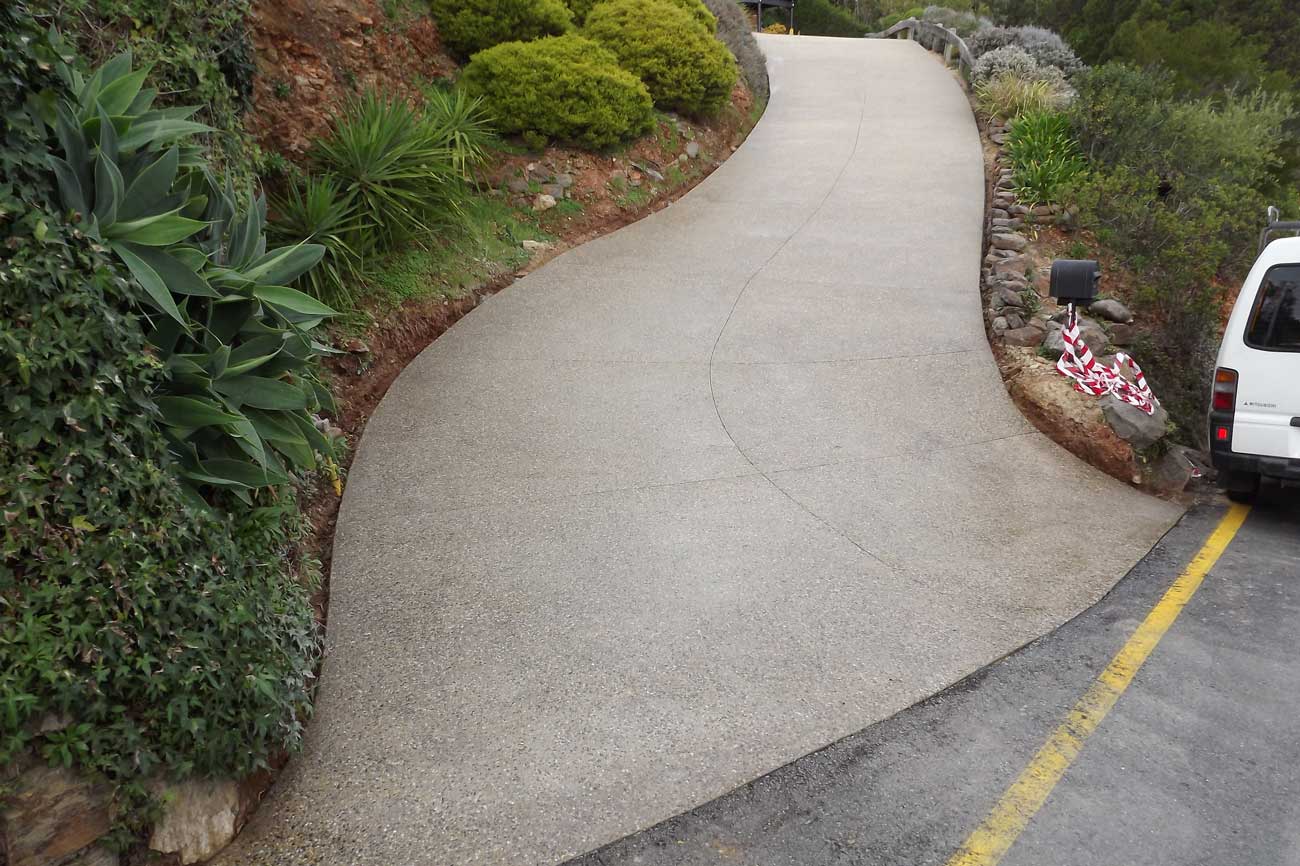
If you have a sloped driveway, you already know it presents some unique challenges. Dirt and grime tend to collect at the bottom, water runoff moves quickly, and trying to pressure wash it can feel like chasing suds downhill. 🧼⏬
So, what’s the best way to pressure wash a sloped driveway?
✅ With the right tools, technique, and a little planning, pressure washing a sloped driveway can be safe, efficient, and highly effective. Let’s walk through the steps to do it right without slipping or wasting time. 🧽💪
🧭 Start With a Strategy
Before you even turn on the pressure washer, take a look at your driveway and plan your approach.
Ask yourself:
- Where will the water drain?
- Will dirty water run toward your garage, garden, or street?
- Are there any cracks, stains, or delicate surfaces to avoid?
Knowing the slope’s direction and drainage path will help you work with gravity rather than against it.
💡 Pro Tip: Place barriers (like old towels, boards, or sandbags) at the bottom to prevent dirty water from flooding into flower beds, sidewalks, or your garage.
🧼 Pre-Treat Stains First
Sloped driveways often collect oil, grease, tire marks, and algae—especially at the base.
Here’s how to handle them before pressure washing:
- Apply a concrete-safe degreaser or detergent to stubborn spots
- Let it sit for 5–10 minutes (check product instructions)
- Scrub gently with a stiff-bristled brush if needed
- Rinse lightly with a hose or start your pressure washer at low pressure
This pre-treatment will reduce the amount of pressure required later, helping protect the surface from unnecessary wear.
🛠️ Choose the Right Equipment
A sloped driveway demands more control and reach from your pressure washer.
🔧 PSI & GPM
- Use a machine with at least 2,800–3,000 PSI
- Look for a flow rate of 2.5–3.5 GPM to effectively push dirt downhill
🔫 Nozzle Tip
- Use a 15° tip for deep cleaning
- A 25° tip is also suitable if you’re concerned about surface damage
🌀 Optional: Surface Cleaner Attachment
- Great for large driveways
- Keeps water contained and prevents overspray
- Makes it easier to work in a consistent pattern, even on a slope
Browse Amazon Here For Top Rated Power Washers And Accessories
🔄 Washing Direction Matters
Always start at the top and work your way downhill.
Why?
- Gravity helps rinse away dirt and debris
- You avoid walking through dirty water
- It prevents clean areas from being re-contaminated
Work in overlapping horizontal or diagonal strokes to avoid streaks and ensure even cleaning.
🧽 Tip: If your slope is steep, move side to side in narrow passes to maintain better footing and control.
🧽 Keep Your Footing Safe
Sloped surfaces get slippery—fast. Here’s how to stay safe:
- Wear non-slip boots or shoes with good tread
- Avoid washing when the surface is already wet from rain
- Use a pressure washer extension wand so you don’t have to lean downhill
- Take your time—rushing can lead to slips or uneven cleaning
⛑️ Safety first: If your slope is especially steep, consider having a second person spot you or work with you for added stability.
💧Manage Water Runoff
Pressure washing a sloped surface generates a fast-moving stream of dirty water.
Here’s how to handle it:
- Use temporary barriers to divert flow
- Block drains you don’t want clogged
- Rinse downhill areas as you work to prevent buildup
- Be mindful of your local storm drain laws—in some areas, dirty runoff must be filtered or directed away from public drains
♻️ Tip: If you’re concerned about chemicals, choose biodegradable detergents that are safe for the environment.
🔄 Final Rinse and Touch-Up
Once you’ve completed the initial wash:
- Do a final rinse from top to bottom
- Spot-clean any remaining stains or streaks
- Let the surface dry for several hours before walking or parking on it
- Consider sealing the driveway to help resist future stains and buildup
🌟 Bonus: Prevent Future Buildup
After pressure washing your sloped driveway, keep it clean longer by:
- Sweeping weekly to remove debris
- Rinsing off fresh spills right away (especially oil or grease)
- Re-sealing every 2–3 years to protect against stains and erosion
- Avoiding washing detergents into landscaped areas—use barriers or catch basins
✅ Final Thoughts
So, what’s the best way to pressure wash a sloped driveway?
It’s all about working with gravity, starting from the top, and using the right equipment and safety precautions. Whether your driveway is slightly sloped or steep like a hill, a thoughtful approach will leave it looking brand new—without a mess or a mishap. 🧱💦
Browse Amazon Here For Top Rated Power Washers And Accessories






